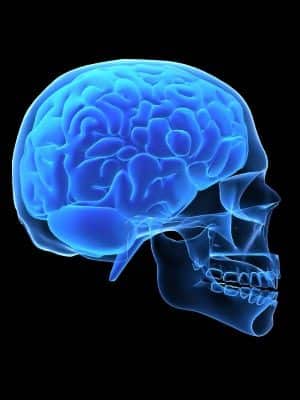
High Definition Fiber Tracking
Patients with mild traumatic brain injuries (TBI) often face an uphill battle when trying to obtain a proper diagnosis in the aftermath of their injury. The traumatic brain injury lawyers at Hardy, Wolf and Downing recognize this unfortunate pattern of poor diagnosis after a mild TBI. Despite the fact that a patient with a history of pain, loss of function, depression, headaches, along with a host of other symptoms associated with mild traumatic brain injury, the medical and legal community is often slow to validate the experiences of patients suffering from mild TBIs. Fortunately, new technology on the horizon seems poised to change that for the better for mild TBI victims and Maine personal injury victims.
Until very recently, doctors relied exclusively on a patient’s subjective reporting of symptoms, combined with CT scans, MRIs, x-rays and DTI (diffusion tensor imaging scans) to diagnose the severity of a mild traumatic brain injury. These so-called “objective” measures were then used to predict how a patient would fare in rehabilitation and recovery, and what the patient could expect in terms of long-term functioning. The DoD, in association with the University of Pittsburgh Medical Center (UPMC) and funded by the Defense Advanced Research Projects Agency, recently announced a cutting-edge imagining technology that will change the way doctors understand, diagnose and treat patients with mild TBI. This technology is long overdue and has the potential to change the way patients with mild TBIs are treated.
High Definition Fiber Tracking (HDFT) is a new imaging technology that allows doctors to look inside injured brains in unprecedented ways. Unlike currently available scans, HDFT allows doctors to pinpoint breaks in 40 fiber tracks (or “cables”) deep inside the brain. When one of these tracts breaks, it impacts brain function in many different ways, depending on where the break occurred.
But these subtle breaks are not typically visible using currently available imagining techniques. This has led to a merry-go-round of non-diagnosis, misdiagnosis and mistreatment of patients with mild TBI, who are often told they are exaggerating their symptoms, or even lying to get attention, simply because current medical tools don’t do a good job diagnosing the true extent of their injuries.
With the advent of HDFT, physicians may finally have access to an objective measure to observe and predict the damage that has occurred inside the brain of a TBI victim. This will not only allow for better diagnosis, but it will also ensure that medical teams can make the best rehabilitation plans for their patient’s specific injury.
The use of current, limited scanning methods that don’t show the true extent of damage in mild TBI injuries must be abandoned in favor of more precise and accurate HDFT scans. Victims of mild TBI should never be told they are imagining, exaggerating or lying about their symptoms.
This “shaming and blaming” of mild TBI patients creates not only a public health crisis for an injured population that needs healing but also creates an ethical and moral crossroads for the medical and legal community as a whole. With proper diagnosis and imaging, we can finally begin to help the patients we are sworn to treat and serve to the best of our abilities.
Mild Head Injuries Can Cause Significant Brain Abnormalities
Traumatic Brain Injury HDFT

